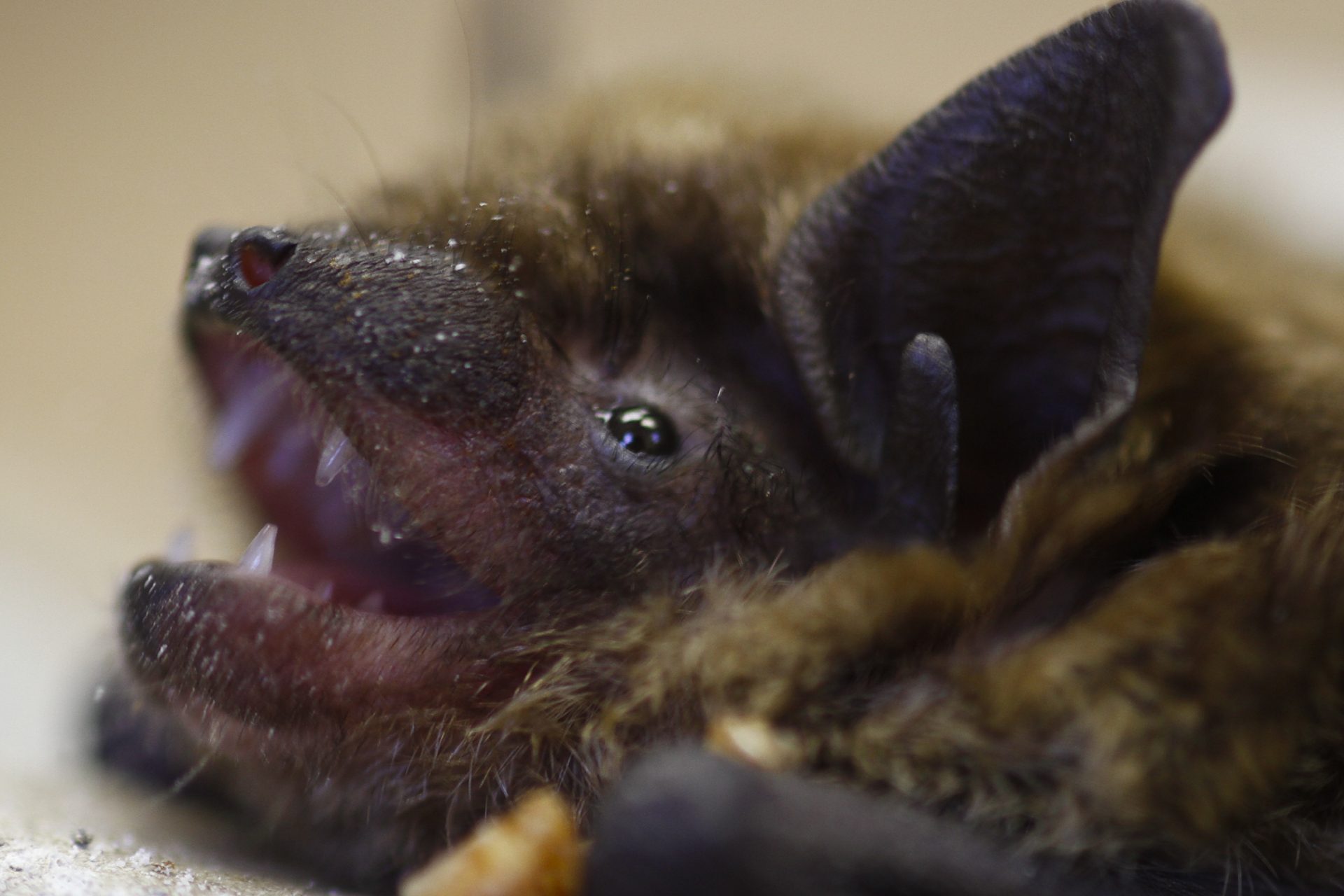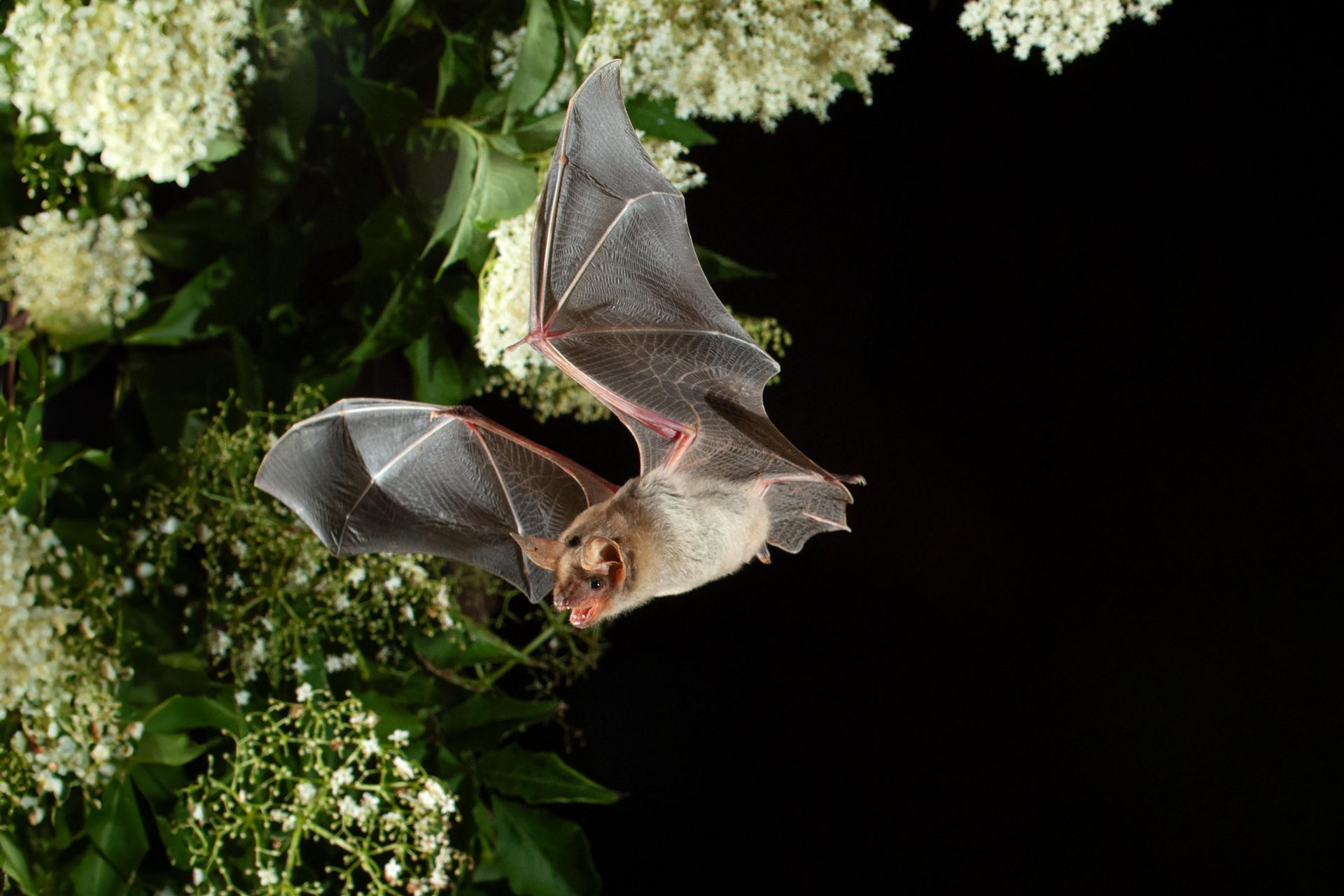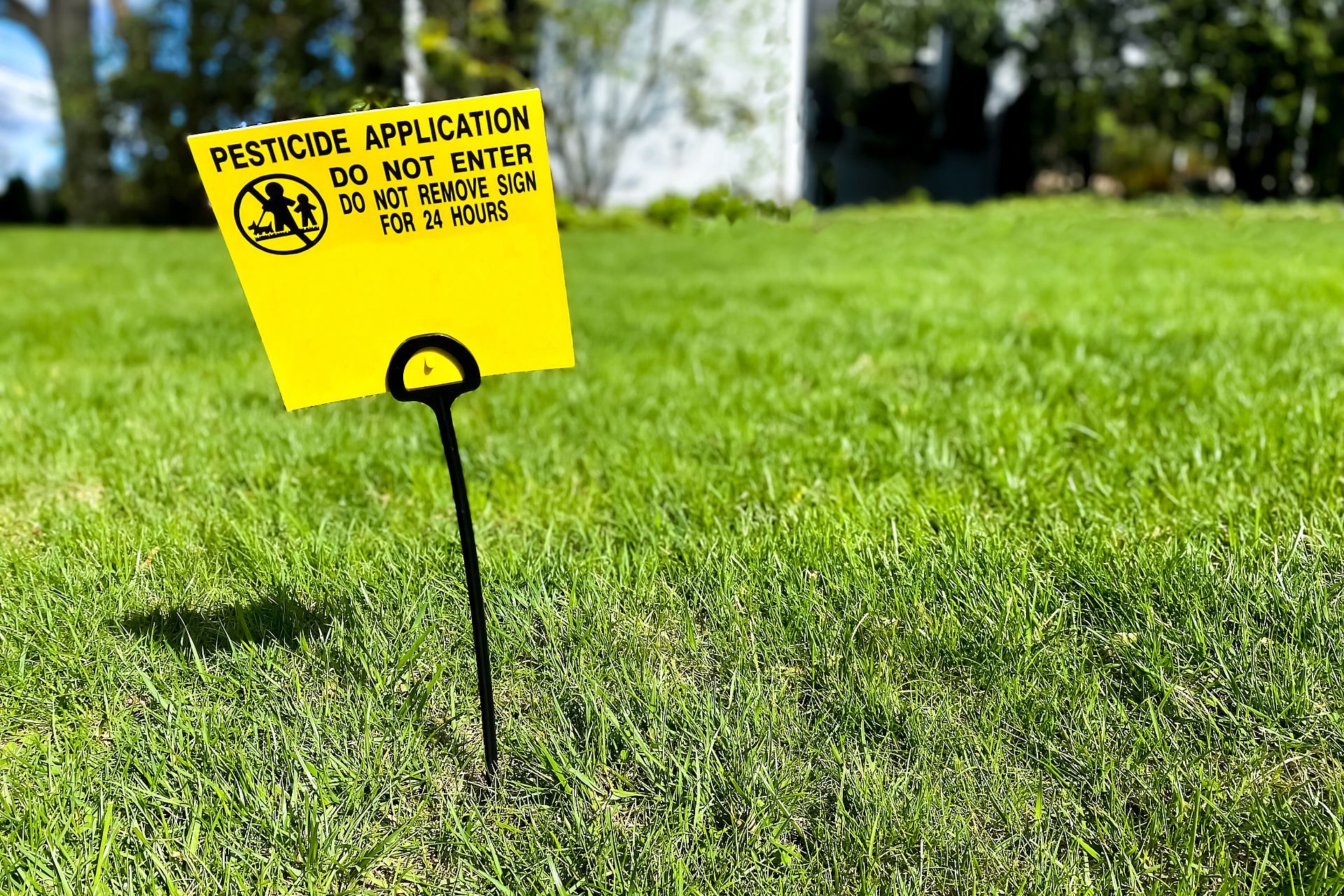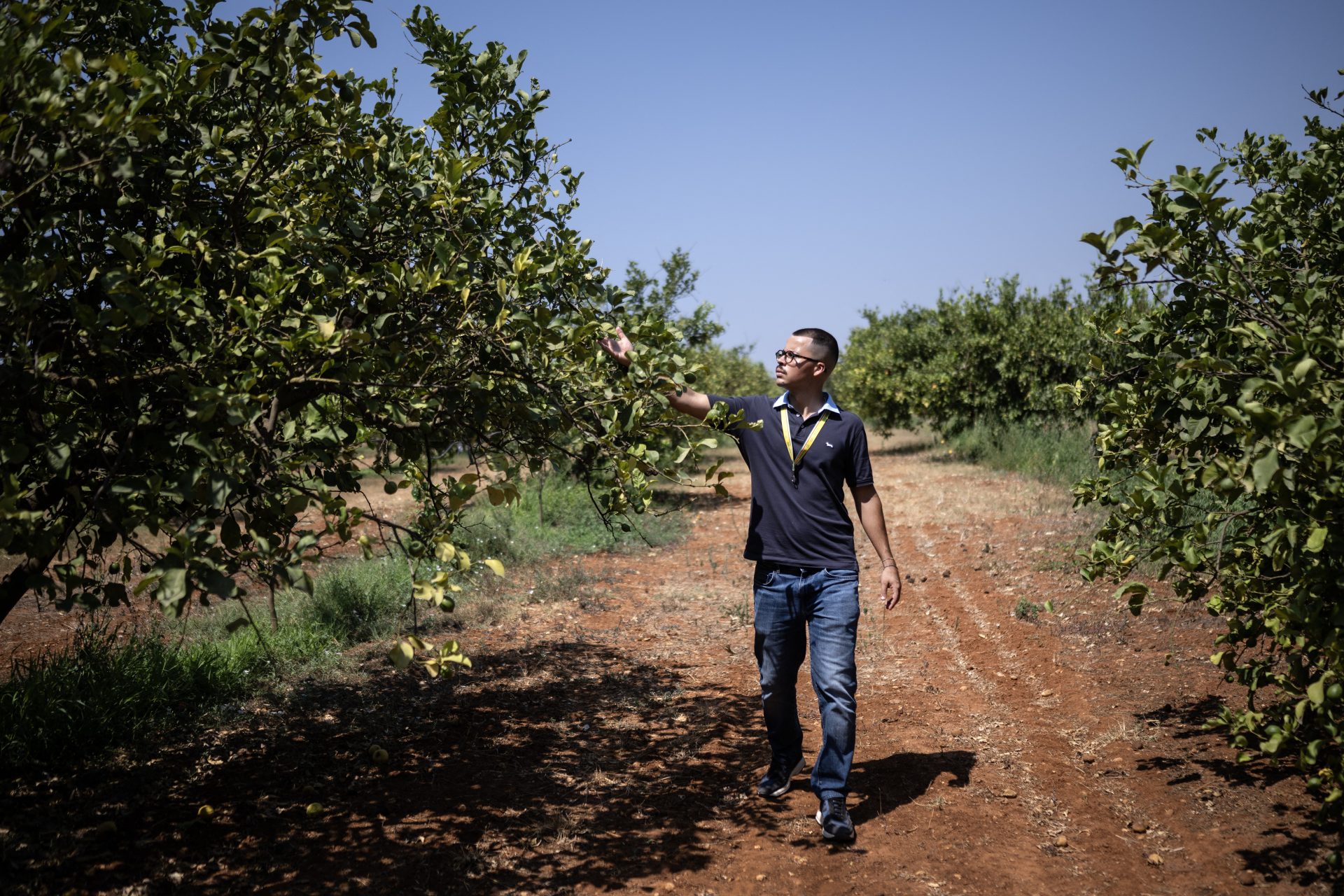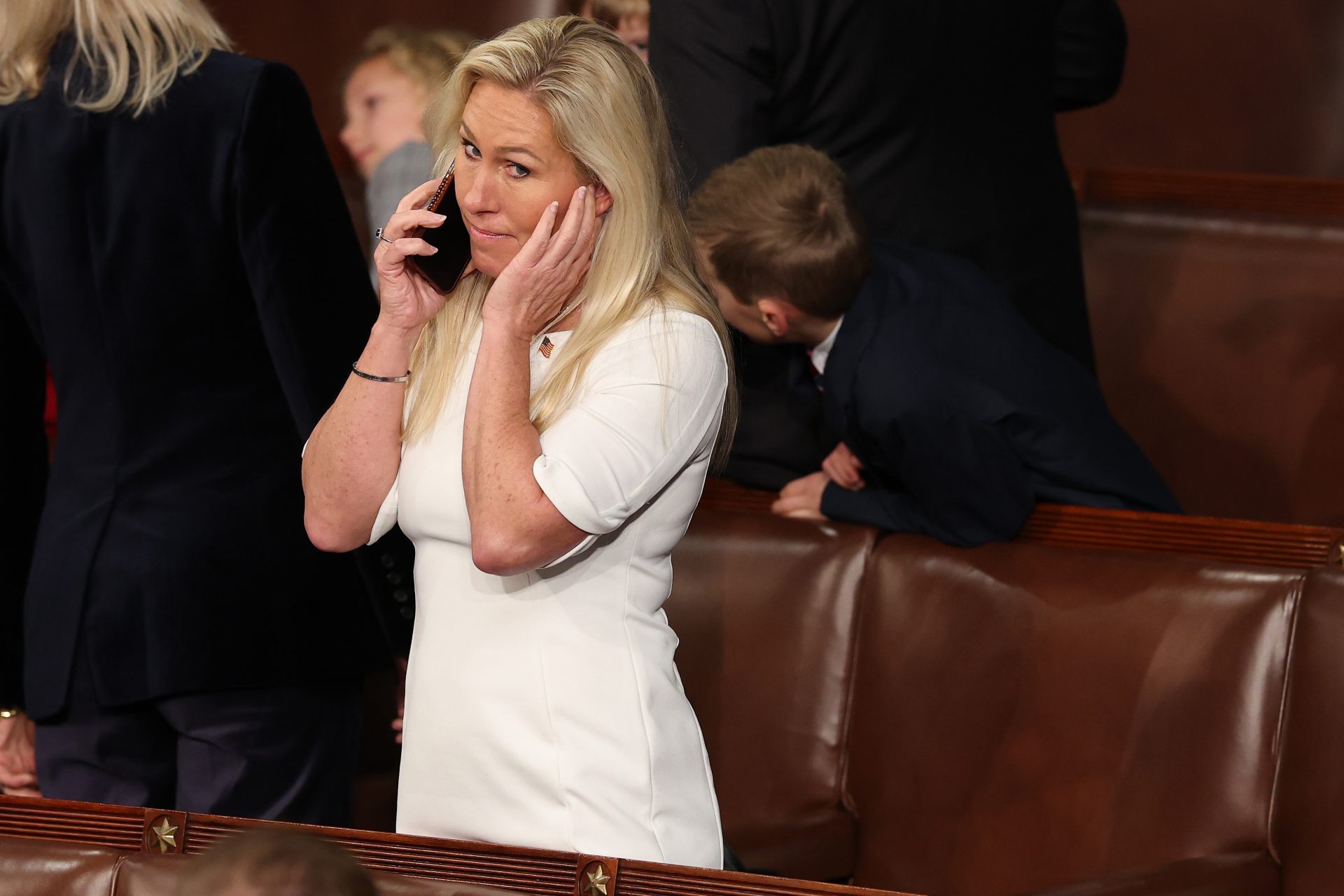Scientists link bat extermination to child mortality increases in the US
A recent study reveals a surprising connection between declining bat populations in the United States and rising infant mortality.
In 2006, bats contracted a deadly disease called white-nose syndrome for the first time. This disease is caused by a fungus in the animals' mouths, noses, and ears.
Since then, the disease has devastated bat populations in several regions of the country, decimating up to 70% of the affected hibernaculum, according to the Center for Biological Diversity.
The disease affects animals' hibernation cycles, forcing them to work harder than expected in the winter, which can lead to starvation or freezing to death.
According to the Huff Post, this created an environmental imbalance, as bats are important predators of insects and can consume up to a thousand of them in just one night.
Without this natural pest control, farmers have to use more pesticides, which study author Eyal Frank says contributed to the rise in infant mortality.
Although pesticides are essential for ensuring agricultural production, they can seriously affect human health, SwissInfo explained. Contaminated water and air have most likely exposed citizens to the chemical compounds.
The research, published in the journal Science, showed that in regions where a decrease in the number of bats was detected, the use of pesticides increased by 31%.
In these same areas, 1,334 child deaths were recorded, which represents an 8% increase in the infant mortality rate, The Guardian reported.
Photo: Unsplash - Kelly Sikkema
Eyal Frank, study author and ecological economist at the University of Chicago, said in a press release: “But bats add value to society in their role as natural pesticides, and this study shows that their decline can be harmful to humans.”
Vaccines are being developed against the syndrome that attacks bats. However, according to SwissInfo, habitat loss, climate change, and wind farms also threaten bats.
The scientific article shows how the loss of biodiversity directly and indirectly affects human beings, mainly children.
More for you
Top Stories




